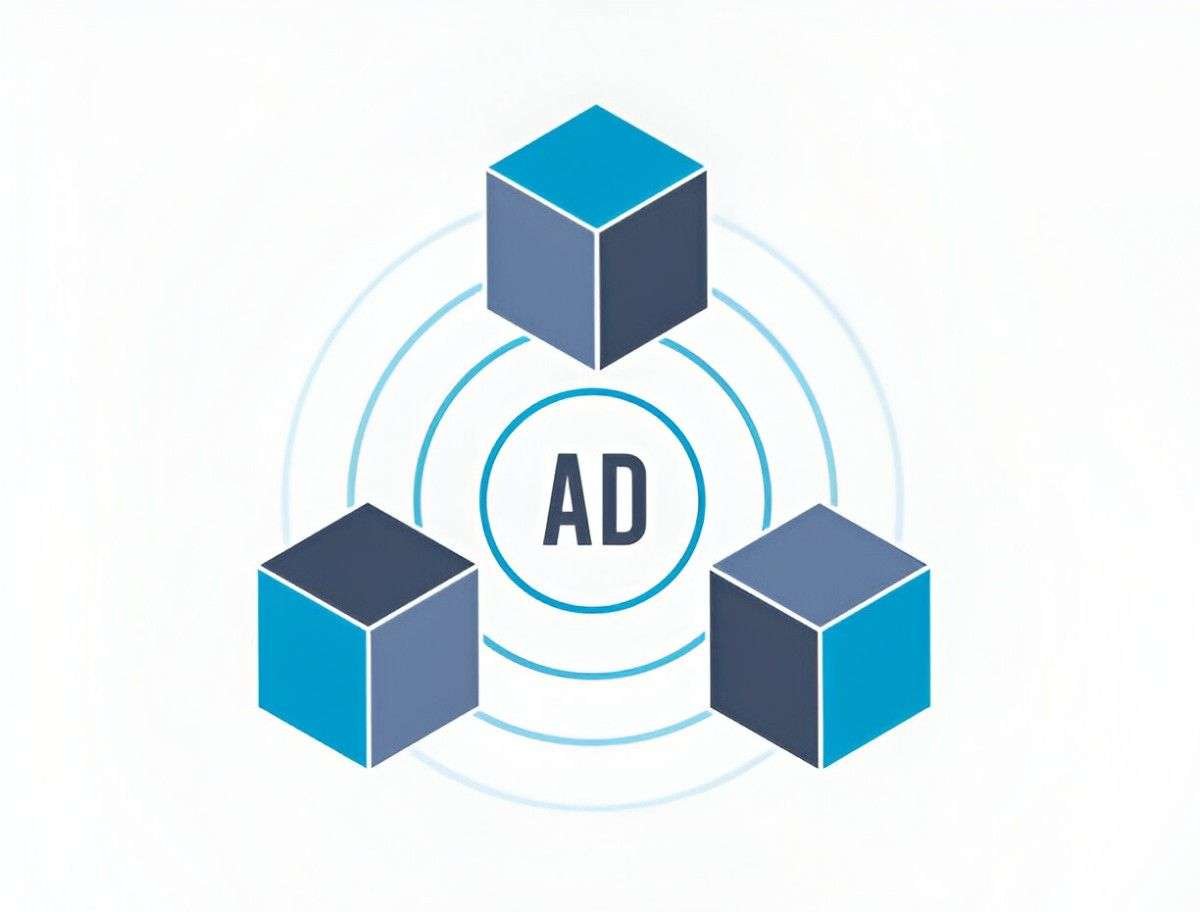In the fast-evolving world of digital advertising, innovation often steers the direction for businesses looking to maximize their potential. Ad tech, or advertising technology, has already transformed how businesses target consumers, optimize campaigns, and measure success. Blockchain technology, primarily known for its role in cryptocurrency, is increasingly finding its way into the ad tech space. This convergence presents both opportunities and challenges. Let’s explore how the combination of ad tech and blockchain could reshape the digital advertising industry.
Table of Contents
Understanding Ad Tech and Blockchain: A Primer
Before diving into the specifics of how blockchain can enhance ad tech, it’s important to have a clear understanding of what each term entails. Ad tech refers to the technologies used to manage and optimize digital advertising campaigns. It includes tools for targeting, tracking, and measuring digital ads across various platforms such as websites, social media, and mobile apps. The digital advertising ecosystem can be complex, involving advertisers, publishers, media buyers, and intermediaries like demand-side platforms (DSPs), supply-side platforms (SSPs), and ad exchanges.
Blockchain, on the other hand, is a decentralized and distributed digital ledger technology that records transactions across multiple computers. Each block in the chain contains a set of transactions, and once added, it cannot be altered. This provides transparency, security, and accountability. Blockchain is most often associated with cryptocurrencies like Bitcoin and Ethereum, but its application extends beyond finance. It can improve efficiency, security, and transparency in various industries, including digital advertising.
How Blockchain Addresses Challenges in Ad Tech
The digital advertising industry faces several persistent challenges. Fraud, lack of transparency, and inefficiency often plague the system. Blockchain technology has the potential to tackle these issues and create a more secure, transparent, and efficient ecosystem. Here are some of the key ways blockchain addresses these challenges:
- Eliminating Fraud: Ad fraud is a major issue in digital advertising. Fraudsters use bots, fake websites, and other tactics to simulate user engagement, leading to wasted ad spend. Blockchain can reduce fraud by recording every transaction (ad impression, click, etc.) on a transparent ledger that cannot be manipulated. Advertisers and publishers can track the entire flow of their ad campaigns, ensuring that they only pay for real, verified engagements.
- Increasing Transparency: The digital advertising industry is often criticized for its lack of transparency. Advertisers may not always know where their ads are being shown or how much of their budget is going to intermediaries. Blockchain can offer a transparent and immutable record of transactions, allowing advertisers to see exactly how their money is being spent. Publishers can also ensure that they are being paid fairly for their inventory.
- Reducing Costs: In traditional digital advertising, there are numerous intermediaries, each taking a cut of the ad spend. This can result in inefficiency and higher costs for both advertisers and publishers. Blockchain can streamline the process by reducing the need for intermediaries. Smart contracts, a feature of blockchain, can automate payments and transactions, ensuring that both parties are paid fairly and promptly without needing a middleman.
Real-World Examples of Blockchain in Ad Tech
Several companies and projects are already working to integrate blockchain technology into the advertising ecosystem. These initiatives aim to solve some of the industry’s biggest problems, such as ad fraud and lack of transparency.
- Brave and BAT: Brave is a web browser that blocks ads and trackers by default, providing users with a faster, more private browsing experience. Brave has also introduced a blockchain-based solution called Basic Attention Token (BAT), which allows users to earn tokens for viewing ads. Advertisers pay users in BAT tokens, and the blockchain ensures transparency and fairness in the transaction. This model removes intermediaries, reducing costs and increasing user engagement with ads.
- MadHive: MadHive is a blockchain-based ad tech company that focuses on improving transparency and efficiency in the digital advertising supply chain. MadHive’s platform uses blockchain to track ad impressions and ensure that advertisers are only paying for legitimate views. The company also uses smart contracts to automate transactions and ensure that publishers are paid fairly.
- AdEx Network: AdEx is another blockchain-based advertising platform that aims to eliminate fraud and increase transparency. The platform uses a decentralized ledger to record ad impressions and clicks, ensuring that advertisers only pay for genuine interactions. AdEx also uses its native cryptocurrency to facilitate transactions between advertisers and publishers.
Benefits of Blockchain for Advertisers
For advertisers, the benefits of integrating blockchain into ad tech are clear. Here are some key advantages:
- Transparency in Spending: Blockchain enables advertisers to track exactly where their money is going. By having a transparent, immutable record of every transaction, advertisers can see where their ads are being displayed and how much of their budget is going to intermediaries. This transparency helps ensure that the advertising dollars are being spent efficiently and effectively.
- Verification of Ad Impressions and Engagement: Blockchain provides a way for advertisers to verify that their ads were actually viewed by real people, rather than bots or fake accounts. This verification reduces the risk of ad fraud and helps advertisers make data-driven decisions about where to allocate their budgets.
- Reduced Costs: By eliminating intermediaries and automating processes through smart contracts, blockchain can help reduce the cost of digital advertising. Advertisers can spend more of their budget on actual media placements rather than paying intermediaries for their services.
- Better Targeting: With blockchain, advertisers can have a more accurate view of consumer behavior. The decentralized nature of blockchain allows for more secure and efficient data sharing, which can improve targeting capabilities. For example, blockchain can enable advertisers to target users based on their behavior across different platforms without compromising privacy.
Benefits of Blockchain for Publishers
Publishers also stand to gain from the adoption of blockchain technology. Here are some of the key benefits:
- Fair Compensation: Blockchain can ensure that publishers are paid fairly for their inventory. By cutting out intermediaries and using smart contracts to automate payments, publishers can receive more of the ad revenue that their content generates. This is particularly important for smaller publishers who may have less negotiating power with large ad networks.
- Transparency in Payments: Blockchain offers transparency in payment processes, so publishers can track exactly how much they are earning from ads. This transparency can help build trust between publishers and advertisers, fostering a healthier relationship in the digital advertising ecosystem.
- Fraud Prevention: Blockchain’s ability to verify ad impressions and clicks reduces the likelihood of fraudulent activity. Publishers can be assured that the ad traffic they generate is legitimate, which can improve their relationship with advertisers and ensure they receive fair compensation.
Blockchain and the Future of Digital Advertising
The future of digital advertising is likely to be shaped by the continued integration of blockchain technology. As more companies adopt blockchain-based solutions, the digital advertising ecosystem will become more transparent, efficient, and secure. However, there are still challenges to overcome. For example, blockchain adoption in ad tech requires collaboration between multiple stakeholders, including advertisers, publishers, and technology providers. The complexity of integrating blockchain with existing ad tech infrastructure also poses a hurdle.
Moreover, while blockchain offers significant potential for improving transparency and reducing fraud, it is not a silver bullet. Other issues, such as user privacy, data protection, and the digital divide, will continue to need attention as the industry evolves. Nonetheless, blockchain’s promise of decentralization and accountability provides a compelling reason for stakeholders in the ad tech space to explore its potential.
Conclusion
The convergence of ad tech and blockchain is a development that could transform the digital advertising landscape. By tackling issues like fraud, inefficiency, and lack of transparency, blockchain technology has the potential to create a more secure and transparent advertising ecosystem. For advertisers and publishers, this means more efficient ad campaigns, fairer compensation, and reduced costs. However, as with any emerging technology, challenges remain. As blockchain adoption grows in the ad tech industry, it will be interesting to see how it continues to reshape the way digital advertising works. The combination of ad tech and blockchain offers exciting possibilities, and I believe it is an area that warrants continued attention and innovation.





